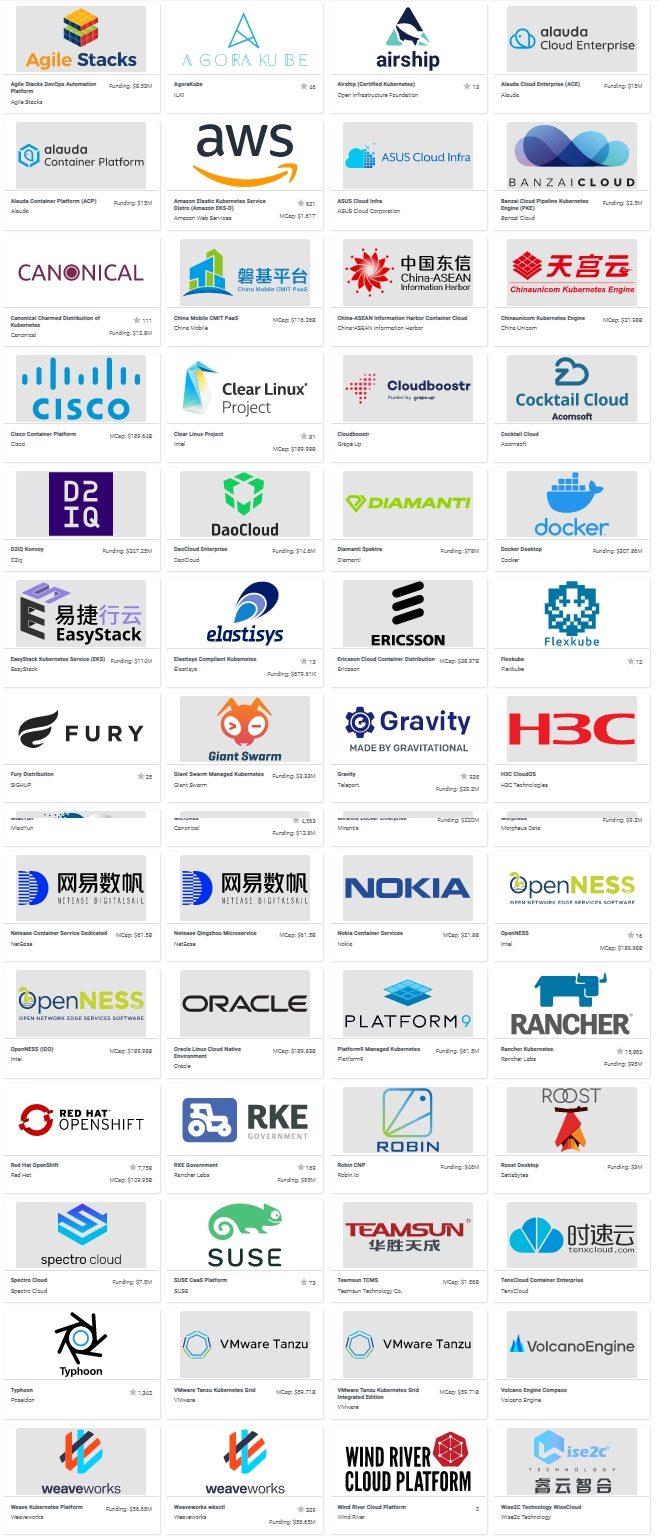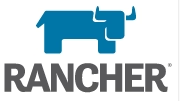Learn what Kubernetes Distributions are, why it matters to you and who are the top best players available in the market today

Introduction
One of the biggest announcements from the latest AWS re:Invent 2020 sessions was the release of EKS-D from Amazon. EKS-D is their open-source Kubernetes Distribution that’s now available for everyone to start using in their cloud provider or even on-premises.
It’s based on past findings and the entire process Amazon has undergone in managing their Kubernetes managed platform, Amazon EKS.
These announcements have many people asking themselves: “OK, I know Kubernetes, but what’s a Kubernetes distribution? And why should I care?”
So I’ll try to answer that with the knowledge I have, and I always try to use the same approach: a Kubernetes versus Linux model comparison.
Kubernetes is an open-source project, as you know, started by Google and is now being managed by the community and the Cloud Native Computing Foundation (CNCF), and you can find all the code available here:
But let’s be honest: Not many of us are pulling that repo and trying to compile it to provide a cluster. That’s not how we usually work. If you follow the code path — downloading it, building it, and so on — this is usually named vanilla Kubernetes.
If we start with the Linux comparison, it’s the same situation as we have with the Linux kernel that most of the Linux distribution ships, but this is already compiled and available with a bunch of other tools all working together via the usual approach.
So that’s what a Kubernetes distribution is. They build Kubernetes. They provide other tools and components to enhance or provide more features and to focus on additional aspects like a security focus, a DevOps focus, or another focus. Another concept that usually is raised is the purity of distribution, and we try to talk about distribution that’s pure.
We call a distribution pure when it’s building Kubernetes, and that’s it. It leaves everything else to the developers or users to decide what they want to use on top of it.
What Are the Main Components Shipped in a Kubernetes Distribution?
The main components that can differ when we’re talking about a Kubernetes distribution are the following:
Container runtime and registries
We all know there’s more that one container runtime, and even if you weren’t aware of that, you’ve probably read all of the articles regarding the removal of Docker support in Kubernetes v1.20, as you can read in this awesome article from Edgar Rodriguez.
At this moment, it seems all runtimes should support the existing Container Runtime Interface, and runtimes like CRI-O, Containerd, or Kata seem to be the default options now.
Networking
Another topic that often differs when we’re talking about Kubernetes distributions is how they manage their network, and this is one of the most critical aspects of the whole platform.
As we have with the container runtime, a standard specification exists to cover that topic, and that’s the Container Network Interface (CNI). Several projects exist on this topic, like Flannel, Calico, Canal, and Wave. Also, some platforms provide their own component, like the Openshift SDN operator.
Storage
How to handle storage in Kubernetes is also very important, especially as we embrace this model in deployments that require stateful models. Different platforms can support different storage options, like file systems and so on.
Who Are the Top Players?
The first thing we need to be aware of is there are a huge number of Kubernetes distributions out there.
We’ll count the ones with a CNCF certification, and you can take a look at all of them here. At the moment of writing this article, we’re talking about 72 certified distributions.

These are the ones that I’d like to highlight today:
Red Hat OpenShift

The Red Hat OpenShift platform could be one of the most used platforms, especially in a private-cloud fashion. It could include most of the Red Hat services regarding storage, like GlusterFS and networking with OpenShift DNS. It has OKD as the open-source project that backs and contributes to the OpenShift platform. Check this article to see how to set up Openshift locally to test it
Mirantis

The former Docker enterprise that’s been acquired by Mirantis is another of the usual choices when we’re talking about supported platforms.
VMware Tanzu

VMware Tanzu, also coming from the acquisition of Pivotal from VMware, is a Kubernetes platform.
Canonical

Canonical (open source) is a platform from the company that develops and maintains Ubuntu. It’s another one of the important choices here and provides a variety of options, focusing not only on the common central mode but also on edge Kubernetes deployments with projects like MicroK8S and more options.
Rancher

Rancher (open source) is another one of the big players, focusing on following and extending the CNCF standards and also offering a big push for edge deployment with K3S. It also offers automated upgrades.
Summary
So, as you can see, the number of options available out there is huge. They all differ, so it’s important to take your time when you’re deciding your target platform based on your criteria for your project or your company.
And that’s without covering the managed platforms available out there that are becoming one of the more preferred options for companies so they can get all the flexibility from Kubernetes while not needing to handle the complexity of managing a Kubernetes platform themselves. But that’s a topic for another article — hopefully soon.
This article at least has provided you with more clarity about what a Kubernetes distribution is, the main differences among them, and a quick look at some of the key actors in this spectrum. Enjoy your day, and enjoy your life.




